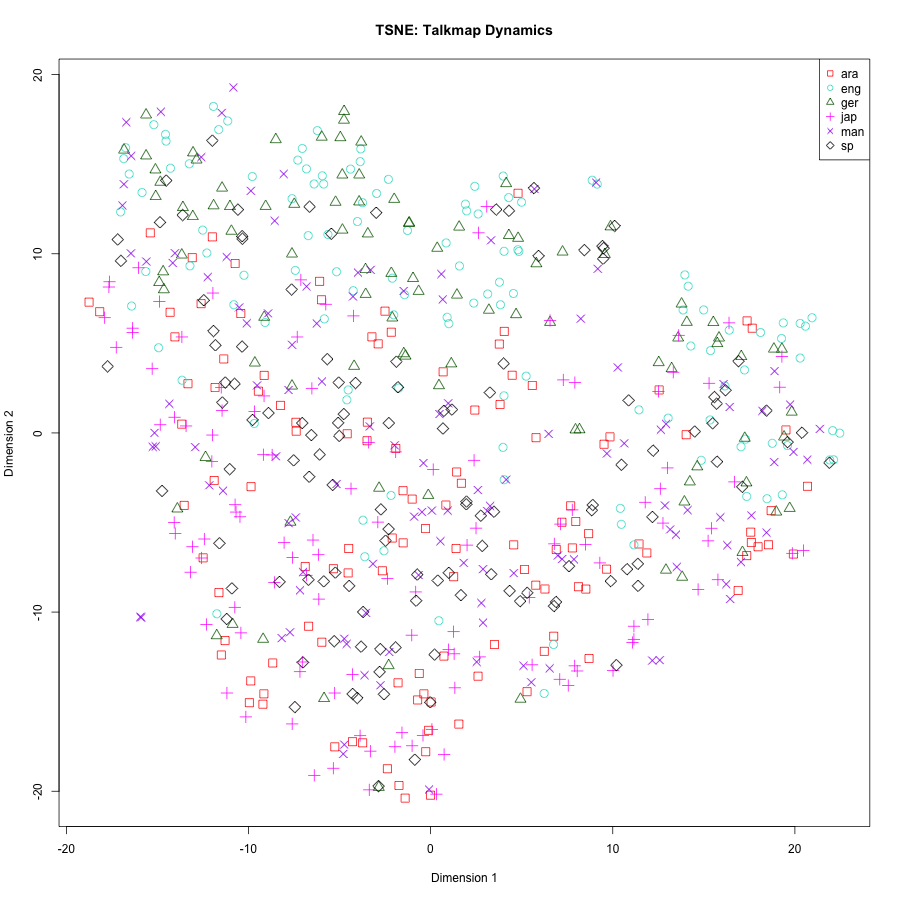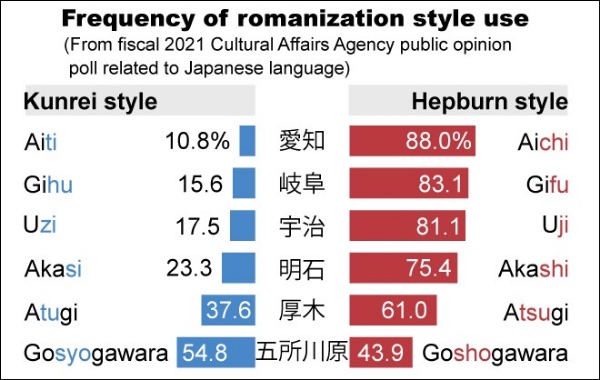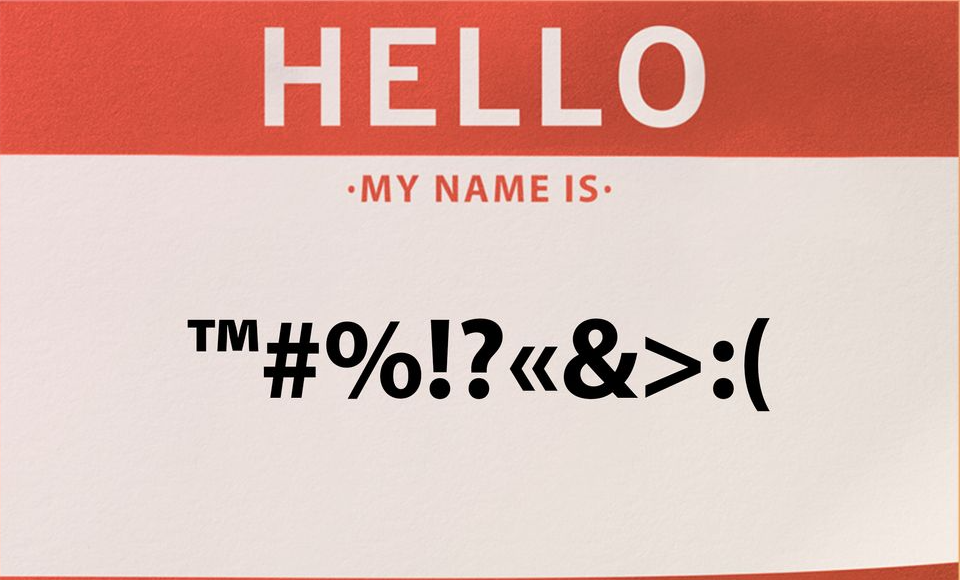More on conversational dynamics
Following up on "The dynamics of talk maps" (9/30/2022), I created and parameterized such representations for the published CallHome conversations in Egyptian Arabic, American English, German, Japanese, Mandarin, and Spanish. The goal was mostly just to set up and debug an analysis pipeline, including the extraction of 14 first-guess parameters per conversation, on the way to analyzing the much larger set of much more diverse conversational data that's available.
But just for fun, I used t-SNE to reduce the 14 dimensions to 2 for visualization purposes. I didn't expect much, but some differences emerged in the distribution of points for conversations in the different languages:
Read the rest of this entry »





